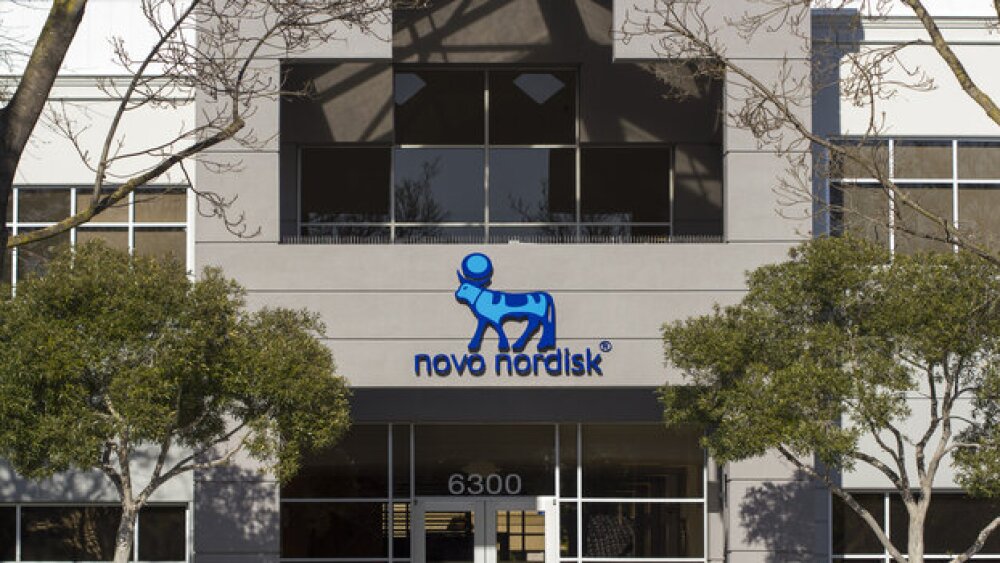Every week there are numerous scientific studies published. Here’s a look at some of the more interesting ones.
Every week there are numerous scientific studies published. Here’s a look at some of the more interesting ones.
Genes Discovered Linked to Infertility
Researchers at Kumamoto University found a gene, Meiosin, that turns on or off meiosis, and appears to be associated with infertility. Germ cells, egg and sperm, are produced through a type of cell division known as meiosis. Other tissues divide through mitosis. Meiosis starts like mitosis, but switches over to create four genetically different germ cells with only half the original cell’s genetic materials. But what causes that switch hasn’t been well understood. It appears that Meiosin is that switch, which only becomes activated at a specific time, just before the start of meiosis in the gonads.
“Our work shows that the Meiosin gene is the switch that turns on meiosis, the special type of cell division that creates eggs and sperm, and this includes the turning-on of hundreds of other genes in the process,” said Kei-Ichiro Ishiguro of the Institute of Molecular Embryology and Genetics at Kumamoto. “However, the functions of those genes have not yet been fully elucidated. We were quite surprised to find so many genes with undefined functions lying dormant int his study. We have high expectations that the processes involved in germ cell formation will be greatly clarified as the role each of these genes plays is discovered. If it eventually becomes possible to control meiosis, the benefits would be far-reaching for reproductive medicine, agricultural production, and even assisting rare species reproduction.”
There are many cases of infertility where the cause is not understood. It is possible that this discovery will solve some of those mysteries and could lead to potential treatments. The research was published in the journal Developmental Cell.
Single Dose of HPV Vaccine as Effective as Multiple Doses
HPV is the most common sexually transmitted infection in the U.S. and is associated with cervical cancer. Current HPV vaccines require two doses, but researchers evaluated the effectiveness of a single dose, and found that is did as good as job as multi-dose treatment in preventing preinvasive cervical disease. The study included 133,082 females, 66,541 vaccinated and 66,541 unvaccinated.
Key Molecule IDed in the Development of Cerebral Malaria
Researchers with the University of Utah Health identified a molecule involved in the development of cerebral malaria. They found that the EphA2 protein is related to the onset of leaky brain, a major symptom of cerebral malaria. They also found that by blocking EphA2 with different drugs prevented the symptoms from occurring.
The On-Off Switch for Aging and Chronic Inflammation
Investigators at UC-Berkeley identified a molecular switch that controls the immune system that causes chronic inflammation. This has implications for numerous age-related diseases ranging from Alzheimer’s to diabetes and cancer. They found that a group of immune proteins called NLRP3 inflammasomes can be turned off by removing an acetyl group (deacetylation) in the inflammasome. The protein that is responsible for deacetylating the NLRP3 inflammasome is called SIRT2.
“I think this finding has very important implications in treating major human chronic diseases,” said Danica Chen, associate professor of metabolic biology, nutritional sciences and toxicology at UC Berkeley, who is the senior author of the research. “It’s also a timely question to ask, because in the past year, many promising Alzheimer’s disease trials ended in failure. One possible explanation is that treatment starts too late, and it has gone to the point of no return. So, I think it’s more urgent than ever to understand the reversibility of aging-related conditions and use that knowledge to aid a drug development for aging-related diseases.”
The Chinese Coronavirus and Bat Viruses
An awful lot of lethal viruses, such as the recent coronavirus, but also SARS, MERS, Ebola, and Marburg appear to have originated in bats. Why are they so deadly to humans? Apparently, the key is the bats’ immune systems, which are so effective, that viruses that live in them become more virulent (or are killed in the process). This hyper-immune system allows bats to become a unique reservoir of rapidly reproducing and highly transmissible viruses, according to the authors of the study. Bats can tolerate the viruses, but when they move into animals, such as people, whose immune systems don’t respond as quickly, the viruses overwhelm their hosts.
How to Slow an Epidemic—Better Handwashing
A new study out of the Massachusetts Institute of Technology suggests that improving rates of handwashing at just 10 of the world’s leading airports would significantly decrease the spread of infectious diseases. The study was published in late December, just before the Chinese coronavirus (Covid-19) outbreak began, that the study’s authors say it would apply to that outbreak as well as the flu and others. They utilized epidemiological modeling and data-based simulations, and note that people are often lax in their handwashing habits, even in crowded sites like airports, where many people from all over the world touch surfaces “such as chair armrests, check-in kiosks, security checkpoint trays, and restroom doorknobs and faucets.” In fact, based on data from the American Society for Microbiology, it is estimated that on average only about 20% of people in airports have clean hands. By clean, they mean they were washed with soap and water for at least 15 seconds within the last hour.
Non-Invasive Test to Predict Onset of Dementia
A multinational group of researchers used machine learning algorithms and electronic medical records to predict the risk for developing dementia associated with Alzheimer’s and other diseases. They published their research in the Journal of the American Geriatrics Society and in Artificial Intelligence in Medicine. The approach is also able to use free text notes written by physicians, which the group says were the most valuable.
“The great thing about this method is that it’s passive, and it provides similar accuracy to the more intrusive tests that are currently used,” said lead researcher Malaz Boustani, at Regenstrief Institute and at the Indiana University School of Medicine. “This is a low cost, scalable solution that can provide substantial benefit to patients and their families by helping them prepare for the possibility of life with dementia and enabling them to take action.”





